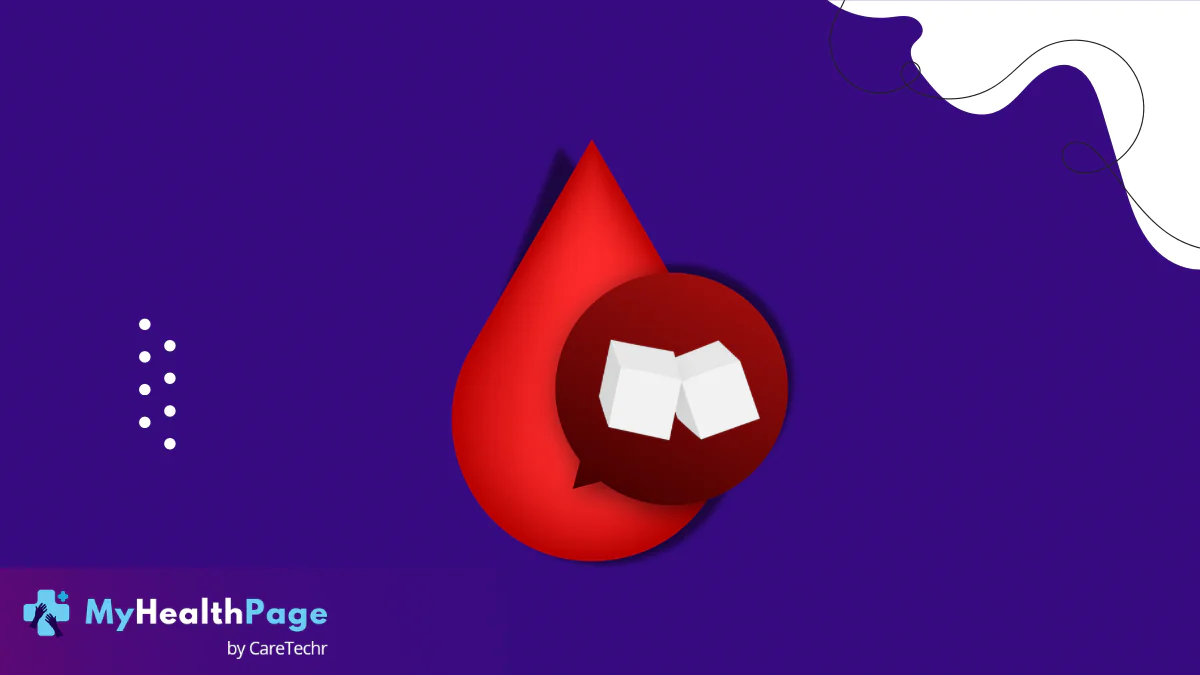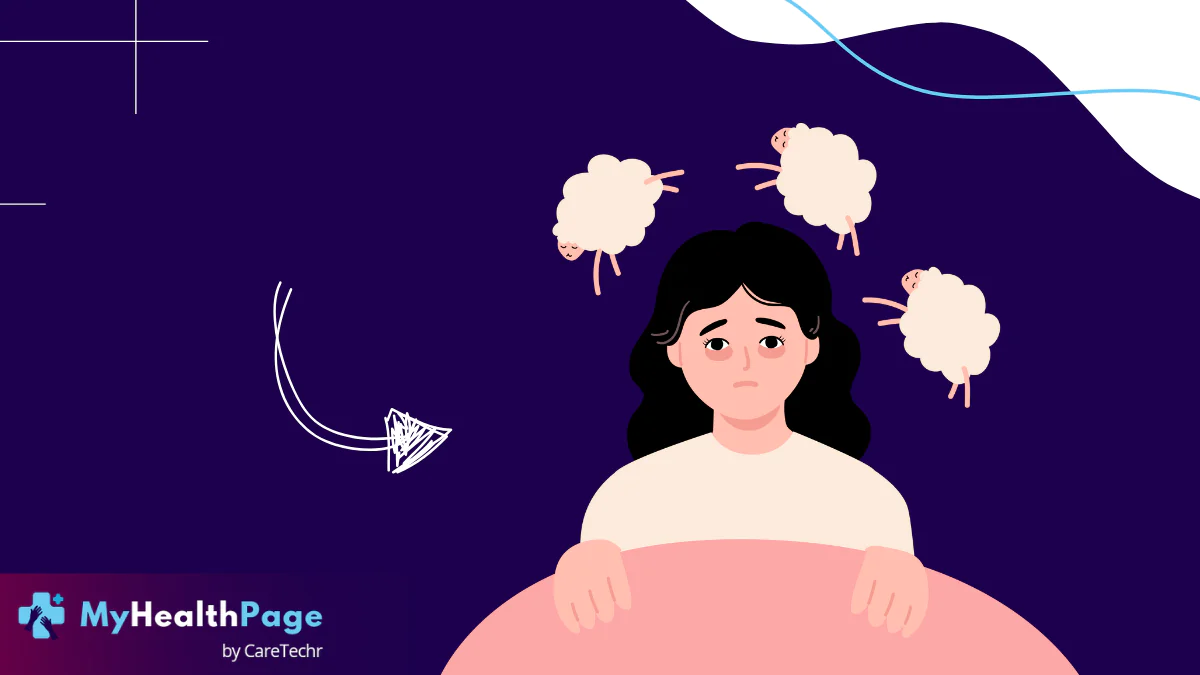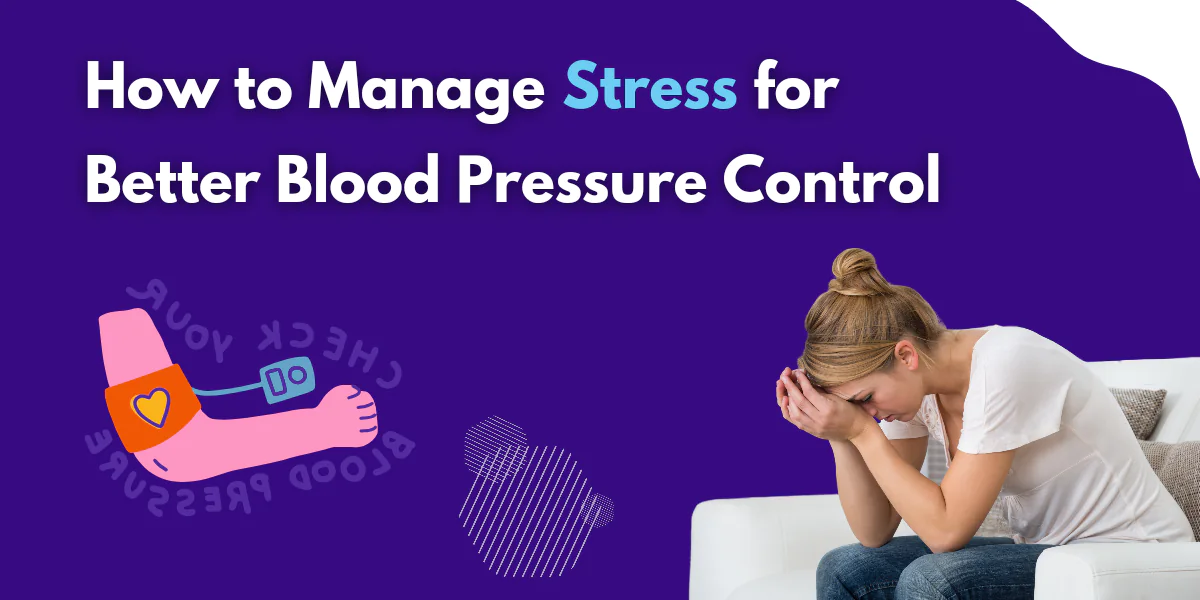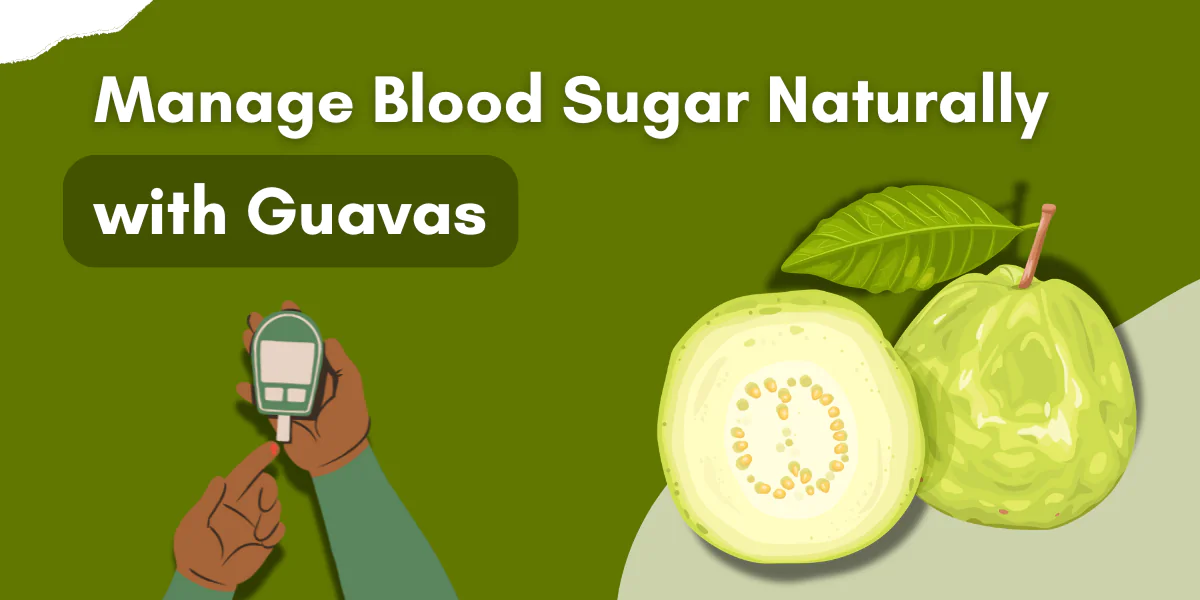Back pain is a prevalent issue affecting millions worldwide, significantly impacting daily activities and quality of life. Whether acute or chronic, back pain can stem from various causes, including injuries, degenerative conditions, and poor posture. Given its complexity, it’s crucial to approach back pain management with a strategy tailored to the individual’s specific needs and the nature of their pain. While the following strategies offer a broad spectrum of relief options, consulting with a healthcare professional for severe or persistent pain is essential to identify the underlying cause and receive personalized treatment.
1. Apply Heat and Cold
Initially, cold therapy can help reduce inflammation and numb the pain. After a few days, switching to heat therapy can relax and soothe muscles, promoting healing. It’s important to use these therapies correctly to avoid skin damage.
2. Stay Active
Engaging in low-impact activities like walking or swimming helps maintain mobility and can speed up recovery. Avoid strenuous activities that may exacerbate pain.
3. Exercise Regularly
Core strengthening exercises, such as planks and bridges, and flexibility exercises, including yoga and Pilates, can improve back support and reduce pain. Tailor the exercise program to fit your specific condition, and start slowly.
4. Improve Your Posture
Proper posture minimizes strain on your back. Ergonomic adjustments to your workspace and being mindful of your posture during daily activities can make a significant difference.
5. Stretch Regularly
Gentle stretching exercises, especially for the lower back and hamstrings, can enhance flexibility and reduce tension in the muscles supporting the spine.
6. Use Ergonomic Furniture
Ergonomically designed furniture supports the natural curve of your spine. Consider adjustable chairs and desks, and ensure your mattress provides adequate support.
7. Maintain a Healthy Weight
Excess body weight puts additional pressure on the back. A balanced diet and regular exercise can help achieve and maintain a healthy weight, alleviating this pressure.
8. Quit Smoking
Smoking cessation is important as it affects blood flow and can worsen back pain conditions.
9. Manage Stress
Stress-induced muscle tension can contribute to back pain. Techniques such as meditation, deep breathing, and mindfulness can help manage stress levels.
10. Try Over-the-Counter Pain Relievers
For immediate pain relief, NSAIDs or acetaminophen can be effective but should be used judiciously and under medical advice.
11. Consider Physical Therapy
Physical therapy can offer customized exercises and treatments to strengthen the back, improve flexibility, and reduce pain.
12. Alternative Therapies
Some individuals find relief through acupuncture, massage therapy, or chiropractic adjustments, though these should complement, not replace, conventional treatments.
13. Consult with a Specialist
For persistent or severe pain, seeking advice from a healthcare provider is critical to determine the underlying cause and appropriate treatment, which may include advanced interventions.
Prioritization and Individual Needs
The effectiveness of these strategies can vary widely among individuals with back pain. Those with acute pain may find immediate relief from heat/cold therapy and over-the-counter medications, while individuals with chronic back pain might benefit more from a combination of exercise, physical therapy, and lifestyle adjustments. It’s essential to listen to your body and consult healthcare professionals to tailor these strategies to your specific needs.
Conclusion
Back pain management is a multifaceted approach that requires a combination of strategies tailored to the individual’s condition and lifestyle. Starting with non-invasive remedies and gradually incorporating exercises, ergonomic adjustments, and professional consultations can provide a comprehensive plan for relieving back pain. Remember, while self-care strategies can be effective, professional guidance is invaluable in addressing the root cause of your pain and developing a personalized treatment plan. Always consult with a healthcare provider to ensure the safety and efficacy of your back pain management approach.
Related : Back Pain : symptoms , diagnosis and prevention
Disclaimer : The information provided on this website/document is not a substitute for professional medical advice, diagnosis, or treatment. If you have any questions or concerns about your health, please consult with a licensed physician or other qualified healthcare provider.
Image by Freepik




















